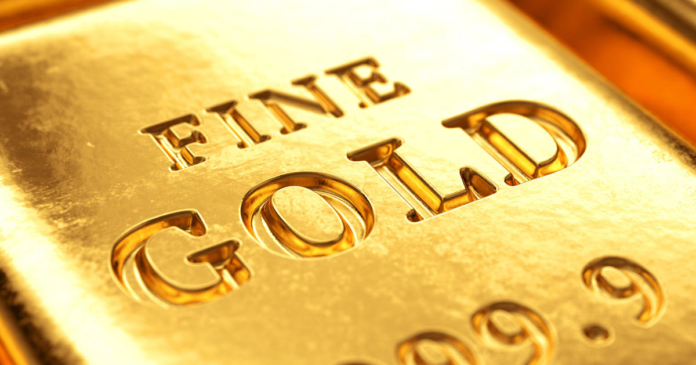We may receive commissions from some links to products on this page. Promotions are subject to availability and retailer terms.
As with most financial investments, there are better times to invest in gold than others. Getty Images/iStockphoto
Gold prices ticked up to $2,044 per ounce on May 4, inching closer to the record high of $2,067 on August 6, 2020, according to the World Gold Council. Gold prices have hovered near the $2,000 mark for several weeks as the debt ceiling stalemate continues, and fear of an economic recession is pushing some Americans towards the safe-haven metal. Many analysts are now predicting the price of gold to eclipse its peak price.
Gold’s performance shouldn’t be surprising, as the precious metal has long been seen as a storage of value in uncertain times and a hedge against inflation. It may be an excellent time to add a slice of gold to your holdings since, historically, the metal has helped investors protect their portfolios against an unstable economy and global turmoil.
While previous performance does not guarantee future results, we can look at past trends to better understand when you should—and shouldn’t—invest in gold.
Start by requesting a free investors kit to learn more about this unique investment opportunity.
When you should invest in gold
While timing the market is typically a futile exercise, there are some times when you’re better positioned for success, such as:
During periods of significant inflation: Because gold tends to hold its value longer than asset types, it can be attractive to investors as a hedge against inflation. For example, the 1970s began with an average interest rate of 5.84% and spiked to 13.58% by 1980. According to Nasdaq, gold prices increased dramatically during that period, rising from $35 to $850 per share.
Because gold tends to hold its value longer than asset types, it can be attractive to investors as a hedge against inflation. For example, the 1970s began with an average interest rate of 5.84% and spiked to 13.58% by 1980. According to Nasdaq, gold prices increased dramatically during that period, rising from $35 to $850 per share. In times of economic uncertainty: Gold is often viewed as a




